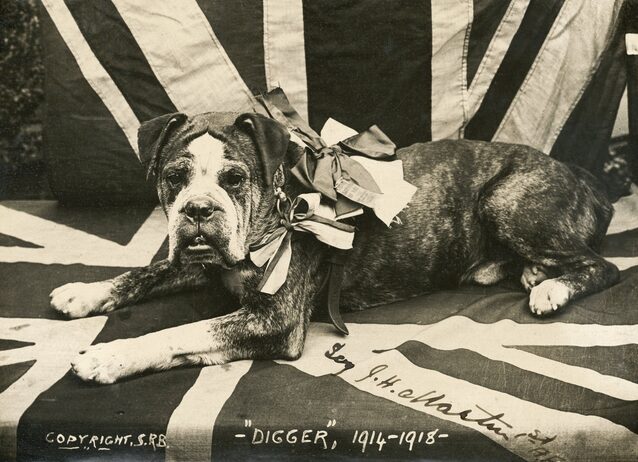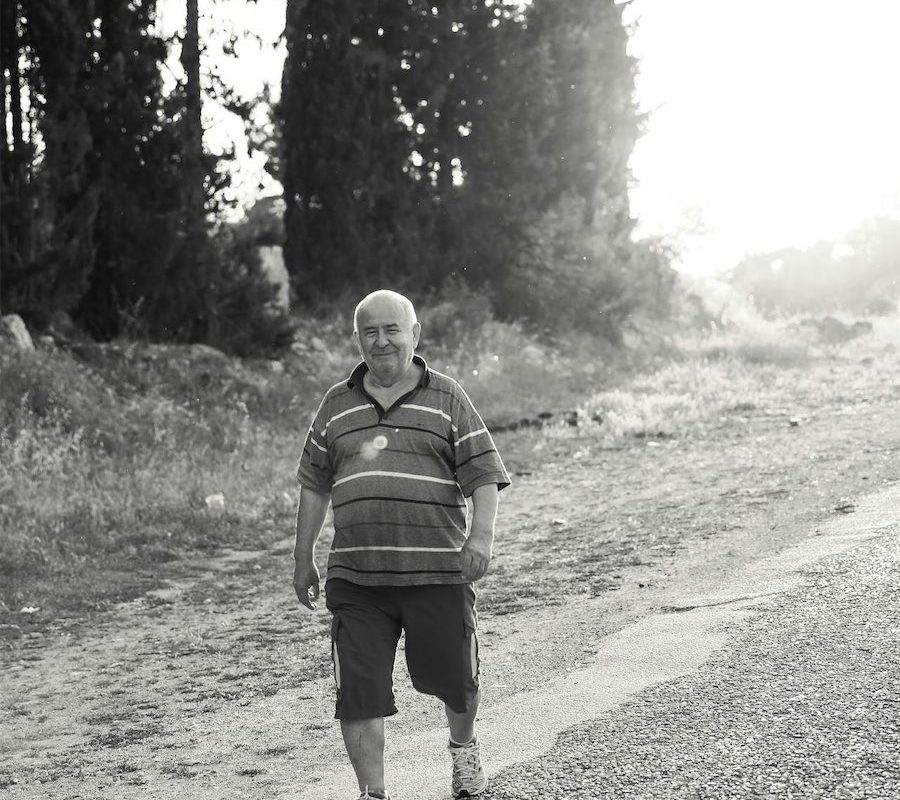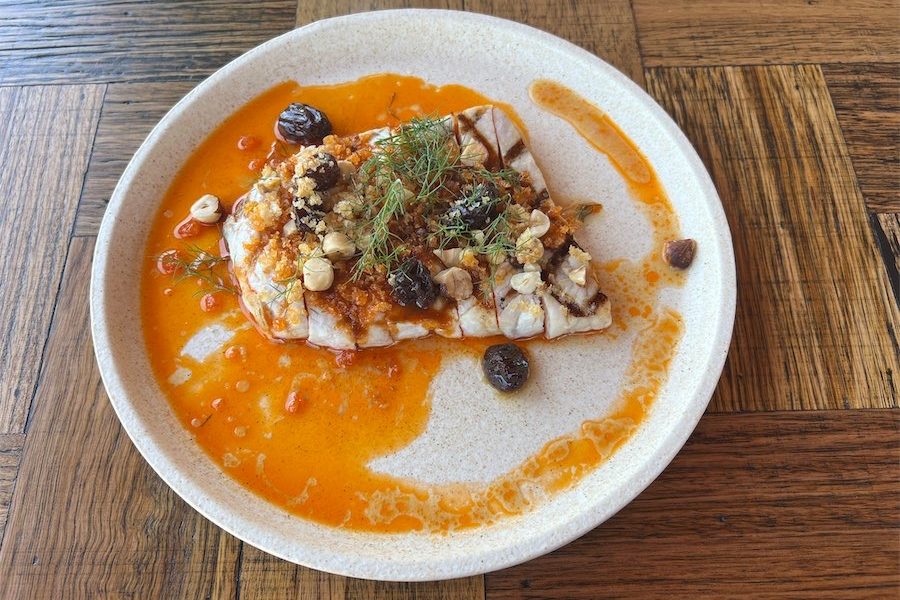
As if it wasn’t difficult enough farewelling a husband, sons, sometimes a daughter to fight foreign battles on far-flung shores, what about having to send the family pooch to join them, asks “Yesterday’s columnist NICHOLE OVERALL.
MORE famous are the horses, donkeys and even pigeons that served – and died – particularly at Gallipoli and on the Western Front in World War I. Less attention goes to the other animals that also fulfilled important roles, including many a Rover and Fido.

In the collection of the Australian War Memorial is the taxidermy version of “Driver”, a scruffy terrier so small that after going to war in 1915, it was smuggled home in the pocket of a soldier’s greatcoat.
Another, a jowly, brown-and-white bulldog-boxer named “Digger” was also partly preserved – its outer-self tanned – and is kept by the AWM.
A stray that wandered into the training camp outside Melbourne, Digger followed soldiers of the 1st Division Signal Company boarding the Gallipoli-bound troopship.
Adopted as a mascot by 22-year-old Sgt James Martin, apparently the first South Australian to volunteer for World War I, Digger also bore witness to the hell of wartime France and Belgium for three-and-a-half gruelling years.
Not content with providing companionship and boosting morale, Digger would “go over the top” with provisions for men in “No Man’s Land”. Sometimes it would return with what may have been their final goodbyes.
Digger suffered, as the soldiers did, the effects of gassing. The dog’s fellow servicemen subsequently decked it out with its own mask. At the alert of an incoming attack, it would rush to whoever was nearby to have the mask fitted over its big head.
The courageous dog would be terribly wounded: a bullet piercing its jaw, blinded in the right eye and rendered deaf in its left ear – but it survived, making it back into Australia before quarantine rules changed.
According to the book “Animal Heroes”, 136,000 horses went to war for Australia – and only a single one returned. Sandy was the steed of Maj-Gen Sir William Throsby Bridges – a descendant of one of the first Europeans to lay eyes on the Queanbeyan-Canberra region.
His horse returned to Melbourne two years after the major-general was hit by sniper fire at Gallipoli in May, 1915. The officer was one of only two Australians killed in the Great War brought home. He was buried at Duntroon, which he’d established as a Royal Military College, in a grave designed by Walter Burley Griffin.
Kangaroos to cockatoos, roosters to possums, all somehow made their way to the battlefields. There’s even a photo in the War Memorial archives of a barn owl.
In the ancient sea tradition, HMAS Encounter had a ship’s cat.
When it came to canines, as many as 7000 were said to be attached to the Australian Imperial Force. Some were strays found over there.
There were also pets “enlisted” by their families, sent off with lovely if heartbreaking notes: “This is a good dog. Please be kind to him”.
Their roles were varied. While pigeons were used for communications – some of the first recipients of the Dickin Medal for Animals, introduced in 1943 – dogs also delivered messages under arduous conditions.
Some would act as sentries warning, often well in advance, of impending danger. They also hunted down rats plaguing the trenches.
As donkeys have been immortalised for ferrying the wounded, medical aid was provided by “Ambulance, Casualty or Mercy Dogs”.
Wearing the internationally-recognised humanitarian symbol of the Red Cross – in conflicts, a literal translation of “don’t shoot” – they’d seek out injured men. With first aid kits strapped to their backs, they’d wait beside them until the stretcher bearers arrived.
Back home in Australia, the public rallied to raise funds for Digger’s care, its cause promoted with a postcard. Giving an excellent Winston Churchill impersonation it patriotically rests upon a flag, wearing a silver campaign collar festooned with ribbons. These items are also with the War Memorial.
Digger posthumously earned “Australia’s first Blue Cross Award for coming to the aid of human life”, described as the “animal equivalent of the Victoria Cross”.
One hundred years earlier on Empire Day, 1919, the holiday marking Queen Victoria’s birthday and loyalty to the crown, Digger joined the march with its unit for the last time. That night, exploding fireworks, perhaps startling it back to a time of bombs and whistling shrapnel, led it to try to jump a fence, mortally injuring itself.
When found, Digger was lying upon its master’s bed.
Lest we forget.
More of Nichole Overall’s work is at anoverallview.wixsite.com/blog
Who can be trusted?
In a world of spin and confusion, there’s never been a more important time to support independent journalism in Canberra.
If you trust our work online and want to enforce the power of independent voices, I invite you to make a small contribution.
Every dollar of support is invested back into our journalism to help keep citynews.com.au strong and free.
Thank you,
Ian Meikle, editor




Leave a Reply